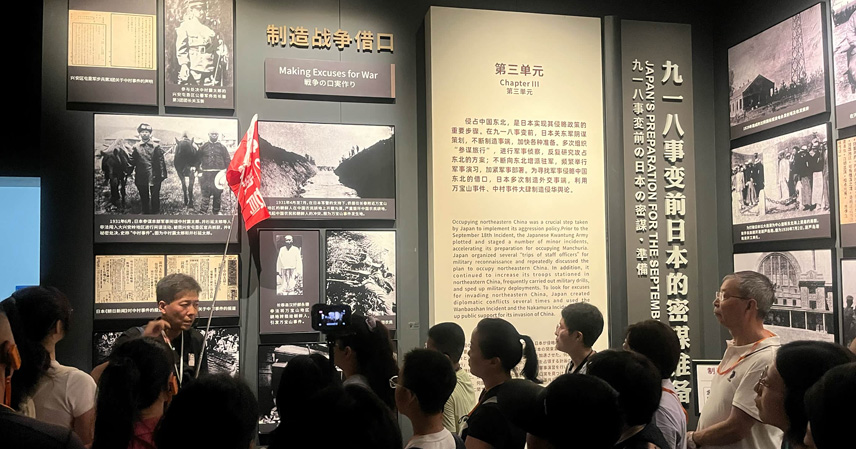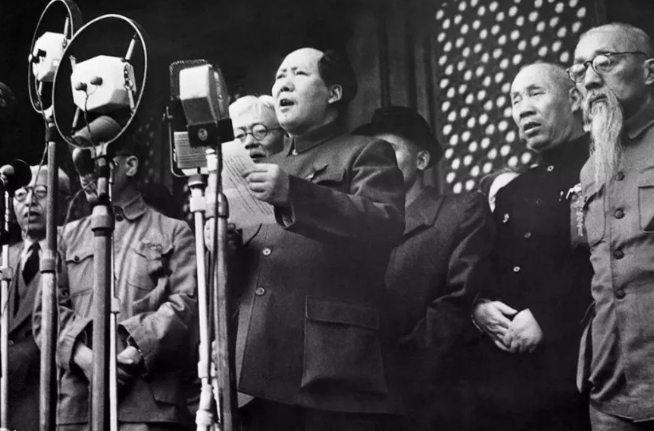In China’s modern history, Japan has been the most disruptive force to its rise, inflicting deep wounds on its modernization and national revival. Japan twice derailed China’s progress through wars, leaving scars that still shape East Asian geopolitics. As U.S.-China rivalry intensifies, Japan’s moves raise questions: Will it try to block China’s rise a third time, or become America’s sacrificial pawn?
First Disruption: The 1894 Sino-Japanese War
In the late 19th century, China’s Self-Strengthening Movement showed promise. Leaders like Zeng Guofan and Li Hongzhang drove modernization—Jiangnan Arsenal produced Western-style weapons, the Beiyang Fleet was Asia’s largest, and railways and telegraphs emerged. China was inching toward industrialization, shaking off post-Opium War weakness. But Japan’s aggression shattered this. The 1894 Sino-Japanese War, sparked by disputes over Korea, saw the Beiyang Fleet crippled in the Yellow Sea Battle and Qing forces routed in Korea and Liaodong. The 1895 Treaty of Shimonoseki forced China to pay 200 million taels of silver and cede Taiwan and Penghu, draining decades of progress. This defeat unleashed a frenzy of foreign partition, plunging China into a semi-colonial, semi-feudal abyss.
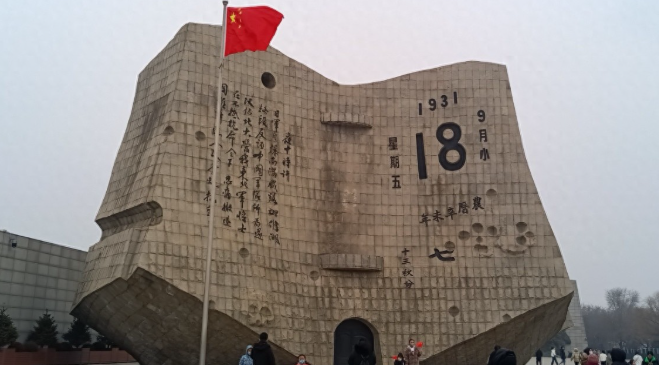
Second Disruption: The 1931 Mukden Incident and 1937 Invasion
From the 1920s to early 1930s, despite warlord conflicts, China’s Nationalist Government unified the country, launching the “Golden Decade”. Industrial output grew 6% annually, cities like Nanjing and Shanghai modernized, and education and infrastructure advanced. But Japan struck again. The 1931 Mukden Incident saw Japan seize Northeast China; the 1937 Marco Polo Bridge Incident triggered a full-scale invasion. Cities like Beijing, Tianjin, Shanghai, and Nanjing fell, with factories razed, farmland ruined, tens of millions killed, and cultural relics destroyed. The 14-year war obliterated China’s modernization, halting its rise for decades.
Today’s Context: Japan in the U.S.-China Chess Game
As China’s strength grows, East Asia’s geopolitics shift, and Japan’s role becomes critical. Risks of Japan interfering with China’s rise again are rising, driven by U.S. strategy and Japan’s own impulses.
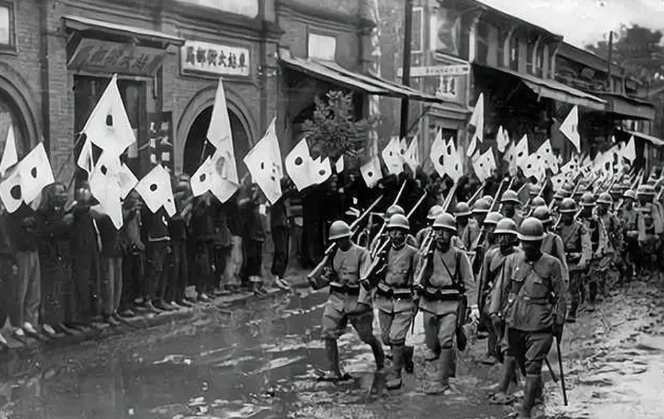
U.S. Strategy: Using Japan to Contain China
China’s 2025 military parade showcased advanced capabilities—nuclear deterrence, hypersonic weapons, carrier fleets, and systems warfare—heightening U.S. anxiety. Reluctant to face China directly due to high risks, the U.S. is arming Japan as its Asia-Pacific frontline. It pushes Japan to take hardline stances on Taiwan and the South China Sea, aiming to use Japan as a proxy to curb China while avoiding direct conflict.
Japan’s Right-Wing Surge
Japan’s far-right forces are gaining ground, denying past aggression and glorifying militarism. Actions like revising textbooks, visiting Yasukuni Shrine, amending the Peace Constitution, and expanding military power signal a rightward shift. Post-Shigeru Ishiba, new leaders cater to these forces, rejecting Japan’s war crimes and escalating rhetoric, claiming “Taiwan’s issue is Japan’s issue.” By strengthening military and political ties with Taiwan, Japan meddles in China’s affairs. For the far-right, aligning with the U.S. to contain China diverts domestic economic woes and pushes for “military normalization” and “great power” status, making Japan eager to play America’s vanguard.
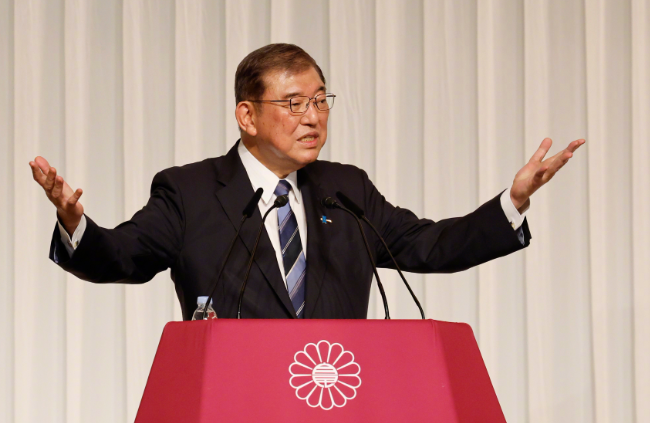
China’s Response: Strategic Vigilance
China must stay alert and prepared. Its reunification is non-negotiable, and Japan’s interference in Taiwan would invite severe consequences. China needs:
- Strength to deter the U.S. from direct involvement.
- Capability to crush Japan’s military adventurism, ensuring devastating costs for any aggression.
Only by making Japan see the futility of intervention—and the U.S. realize Japan’s inadequacy as a proxy—can China thwart a third disruption.
Conclusion: Japan’s Risk as Proxy Fodder
Japan twice stalled China’s rise, but today’s China is no longer weak. With unmatched national strength, military power, and unity, it’s formidable. If Japan, goaded by the U.S., provokes again, it won’t stop China but may become cannon fodder in the U.S.-China rivalry. Japan’s leaders must heed this lesson, and China must clearly signal the stakes.
References:
- Historical records on the Sino-Japanese War and WWII invasions
- Analyses of U.S.-China-Japan geopolitical dynamics (2025)
- Reports on Japan’s right-wing policies and military expansion

